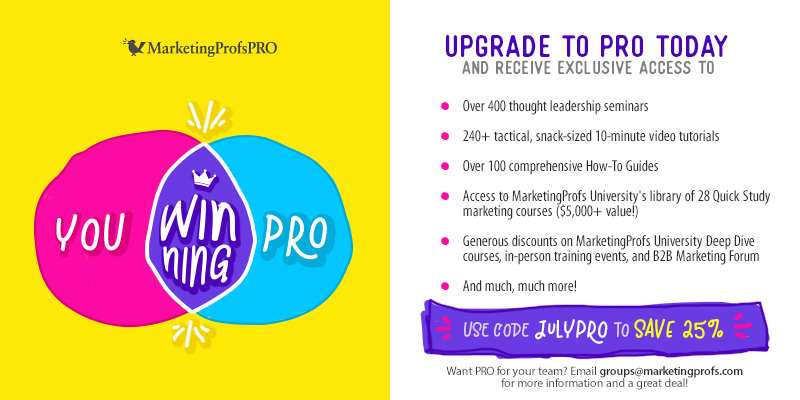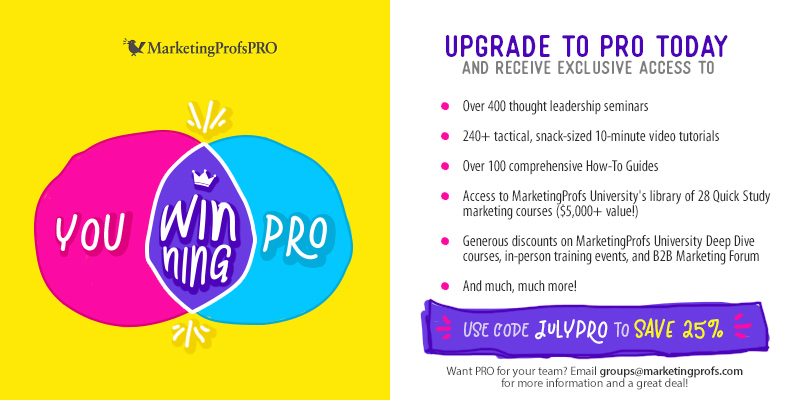E-Commerce Technology: Why Your ESP Is Not Enough, and What You Need Instead. It's widely accepted that on average 80% of first-time purchasers won't make a second purchase from the same e-commerce brand. The good news is that driving repeat purchases from existing customers is not only faster and more profitable but also cheaper, yielding higher average order values. Existing customers are 10X more likely to make a purchase than new customers. But to really move the needle on metrics like repeat purchase rate and new loyal customers, marketers must understand how their customers shop and why they ultimately purchase. Although we now have more customer behavior data than ever before, most companies are still running their businesses on email service providers (ESPs) and a patchwork of point solutions, leading to disconnected marketing, a fragmented customer experience, and no way for marketers to understand why and how their customers are shopping. As a result, marketers are left guessing as to what drives repeat purchases, lifetime revenue, and cross-category shopping—without the tools they need to effectively engage customers wherever they are, regardless of channel and device. Because email has been the primary method of customer communication for so long, most businesses have resorted to using their ESP as their central marketing platform and customer system of record. With a single view of each customer, marketers can understand and respond to customers' unique needs, preferences, and reasons for shopping, ultimately driving repeat purchases and maximizing customer lifetime revenue. Zaius combines a single customer view with real-time, cross-channel marketing and attribution, empowering marketers to drive more repeat purchases and maximize customer lifetime revenue.


There has never been a more exciting time for e-commerce than now.
In 2016, overall US desktop retail e-commerce sales surpassed $291.8 billion, up from $162 billion just five years ago, in 2011. Recent estimates have the global e-commerce market at well over $1.6 trillion dollars and growing.
The total number of e-commerce stores is hard to quantify, and estimates vary quite a bit, but one trusted study cites nearly a million companies in existence, with well over 110,000 of those generating meaningful revenue (and that was in 2014!).
But all those new and growing e-commerce businesses also mean that the market is more competitive than ever. It’s widely accepted that on average 80% of first-time purchasers won’t make a second purchase from the same e-commerce brand. And considering how many options consumers have, you can hardly blame them: It’s a shopper’s market.
The companies that are going to survive and thrive in today’s economy are those that make investing in their current customers and driving repeat purchases their main priority. Though many young e-commerce businesses must focus on customer acquisition, it’s well understood that investing in existing customers is the fastest and most profitable path to revenue growth.
E-commerce companies are fighting for customers, and those that most effectively drive loyalty are going to win.
It’s not that your one-time buyers aren’t buying more products like yours, it’s that they’re not buying them from you. The good news is that driving repeat purchases from existing customers is not only faster and more profitable but also cheaper, yielding higher average order values.
Consider that…
- It costs 5X more to acquire a new customer than it does to drive a repeat purchase.
- Existing customers are 10X more likely to make a purchase than new customers.
- Returning customers spend on average 67% more than first-time customers.
But to really move the needle on metrics like repeat purchase rate and new loyal customers, marketers must understand how their customers shop and why they ultimately purchase.
Marketers must then use that understanding to influence customer behavior by creating a personalized experience across channels and…

COMMENTS